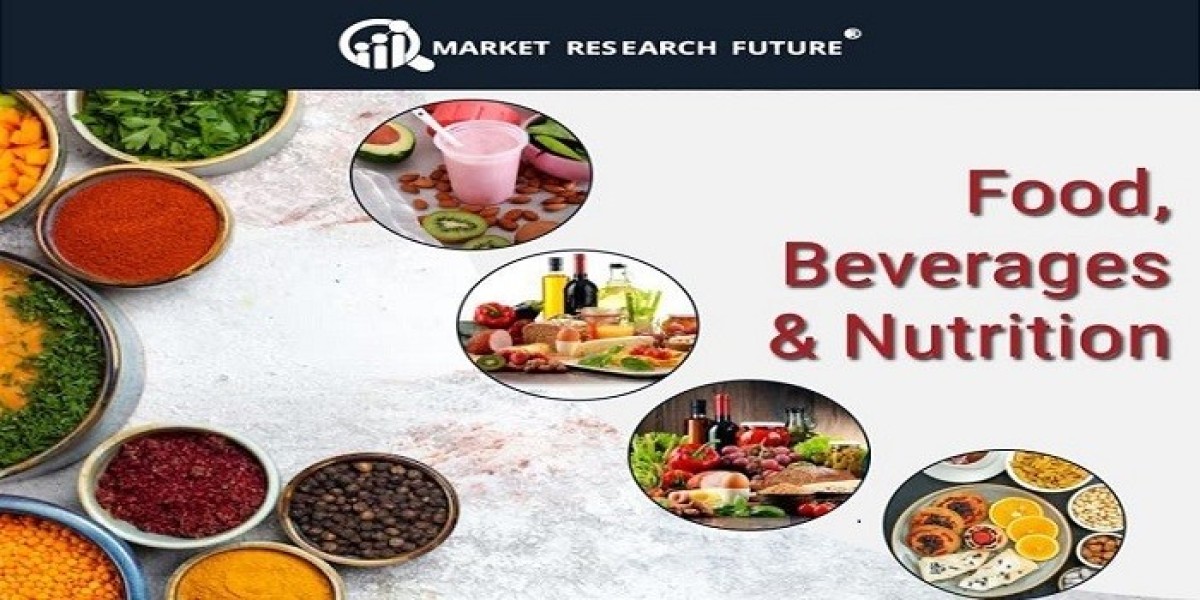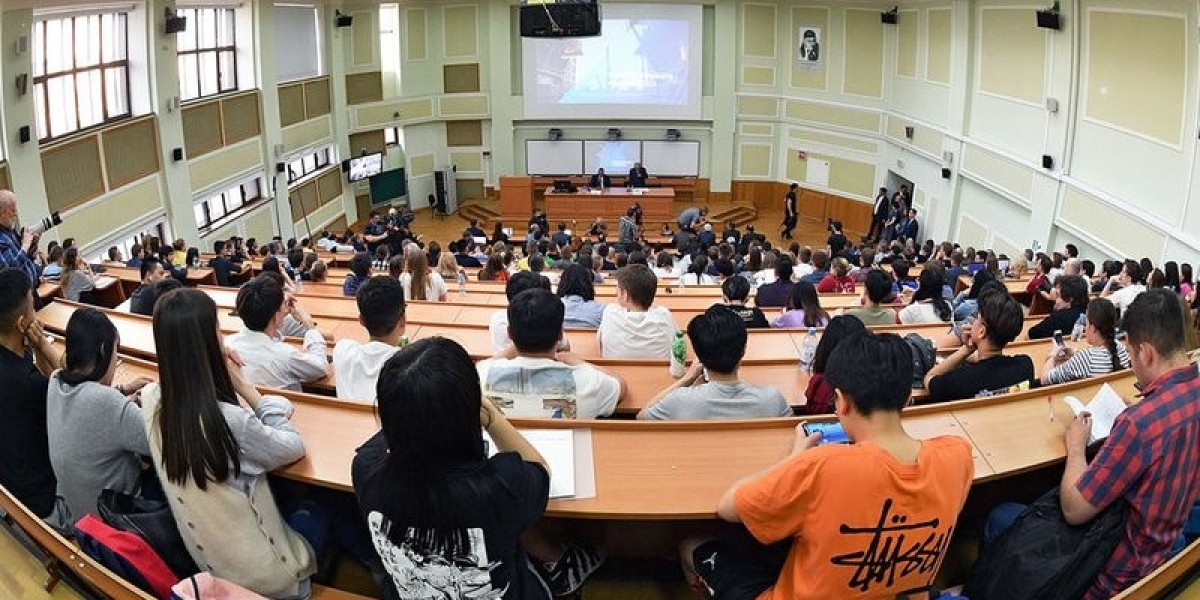As the IPM Pheromone Products market grows and matures, the next decade promises not just incremental growth—but transformation. Innovations in materials, digital integration, business models, and global deployment will shape winners and laggards. Below is a future-oriented outlook, drawing on trends and market signals.
Emerging Technology Trends
Smart / IoT-Enabled Traps & Dispensers
Sensors that detect captures, transmit data to farm management systems, link with weather or pest forecasts—reducing labor and improving responsiveness.Stimuli-Responsive / Triggered Release Systems
Devices that release pheromone only under certain triggers (e.g. humidity, insect presence, temperature) to conserve payload and maximize effectiveness.Micro-/Nano-encapsulation & Controlled-Membrane Systems
More refined encapsulation or membrane release mechanisms may allow finer tuning of release profiles, increased stability, and reduced degradation.Multiplex / Multi-Target Devices
Devices capable of delivering multiple pheromones or switching targets mid-season—reducing device count and simplifying logistics.Hybrid Systems
Pheromone + biocontrol agents, synergistic attract-and-kill systems, or pheromone-assisted applications of low-dose insecticides—blending tools for efficacy.
Market & Business Model Evolution
“Pheromone-as-a-Service” Model
Providers install, monitor, maintain, and replace devices under service contracts—lowering user entry barriers.Platform Licensing / Modular Device Ecosystems
Standardized hardware platforms with plug-in pheromone cartridges; third-party developers may add new pheromone modules.Digital Integration & Decision Support
Combining trap data, weather, satellite / drone imagery, pest forecasting models to guide deployment and interventions.Regional Manufacturing & Modular Launch
Local assembly, modular kits, custom device versions per region to reduce cost, shipping burden, and adaptation delays.
Potential Market Shifts
Greater Penetration into Smallholder Systems
If cost and complexity decline, even small-scale farmers may adopt pheromone tools, especially in regions like Asia, Africa, Latin America.Urban / Post-Harvest / Storage Applications
Beyond field use, pheromone devices targeted for stored grain, warehousing, urban pest control may gain traction.Regulation & Policy Tailwinds
Stricter pesticide restrictions, incentives for residue reduction, carbon or environmental regulation may favor pheromone adoption.Consolidation & Strategic M&A
Larger agrochemical companies may acquire pheromone tech firms to fold them into integrated portfolios.
Risks & Disruptive Threats
Regulatory changes around nanomaterials or novel substances may complicate device approvals
Overreliance on connectivity / electronics in low-infrastructure zones
Competitors with cheaper synthetics or alternative biocontrols
Failure to deliver consistent field reliability across harsh climates could erode trust
Roadmap for Stakeholders
Invest in R&D for smarter, more robust devices
Build digital / data analytics capabilities
Pilot subscription or service models in niche geographies
Forge local partnerships for manufacturing, extension, distribution
Document and publicize impact: yield, pesticide reduction, ROI
Conclusion
The coming decade in IPM pheromone products promises more than growth—transformation. Those who pair technological innovation, flexible business models, deep field validation, and regional adaptation will lead. With a strong base (projected doubling from 2022 to 2032 per MRFR) the stage is set—and the future is for those who reimagine how pest control works.








